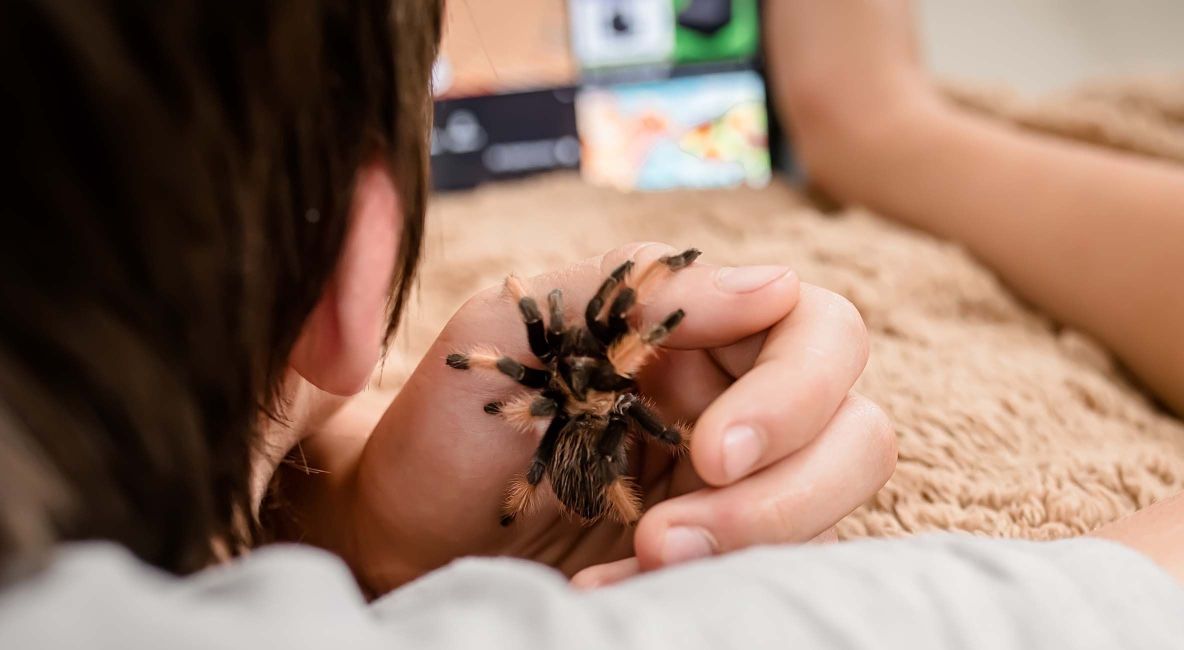Tarantulas, with their eight legs and unique appearance, have been the subject of fascination and curosity for many. One of the most intriguing aspects of these arachnids is their ability to molt, a process that is vital for their growth and survival. Let us delve into the world of tarantula molting, exploring both the how and why behind this remarkable phenomenon.
Why Do Tarantulas Molt?
Growth and Development:
Tarantulas are not like mammals; they don't grow incrementally. Instead, they grow in stages through a process called molting. As tarantulas grow, their exoskeleton becomes rigid and limits their ability to expand. Molting is the way they shed their old exoskeleton to accommodate their increasing size.
Repair and Regeneration:
Molting is not just about size; it's also a way for tarantulas to repair and regenerate their body parts. Over time, a tarantula's exoskeleton may become damaged or worn. Molting allows them to shed the old, damaged exoskeleton and replace it with a new one, which can be especially important if they've sustained injuries.
Removing Parasites:
Tarantulas are not immune to parasites, and some may even attach themselves to the exoskeleton. Molting provides a unique opportunity for tarantulas to rid themselves of these unwanted hitchhikers, as they are discarded along with the old exoskeleton.
How Do Tarantulas Molt?
Pre-Molt Behavior:
Before a tarantula begins the molting process, it exhibits specific behaviors. These behaviors often include reduced appetite, increased restlessness, and web modifications. The tarantula may also seek out a hiding spot or burrow to molt in privacy and safety.
Softening of the Exoskeleton:
To start the molting process, tarantulas secrete fluids that help soften their old exoskeleton. This makes it easier for them to eventually push free of the exoskeleton.
Shedding the Exoskeleton:
During the molt, the tarantula lies on its back, exposing its vulnerable underside. It gradually pushes and wriggles out of the old exoskeleton, starting from the front and working its way to the rear. This can be a lengthy and physically demanding process, taking several hours to complete.
Inflation and Hardening:
Once free from the old exoskeleton, the tarantula appears soft and vulnerable. However, it quickly inflates its body to stretch out the new exoskeleton, which initially may appear wrinkled. Over the next few days, the new exoskeleton hardens and darkens, regaining its strength and rigidity.
Post-Molt Care:
After molting, tarantulas are highly vulnerable to predators and need extra care. They typically remain hidden and motionless until their new exoskeleton hardens completely. During this period, they may not eat, as their fangs are still soft. As their exoskeleton hardens, they regain their strength and appetite, resuming their normal activities.
The process of molting in tarantulas is a remarkable and crucial part of their life cycle. It allows them to grow, repair, and renew their exoskeletons, ensuring their survival and well-being. Understanding how and why tarantulas molt can provide valuable insights into the fascinating world of these misunderstood arachnids. So, the next time you encounter a tarantula molting, appreciate the intricate dance of nature unfolding before your eyes.







